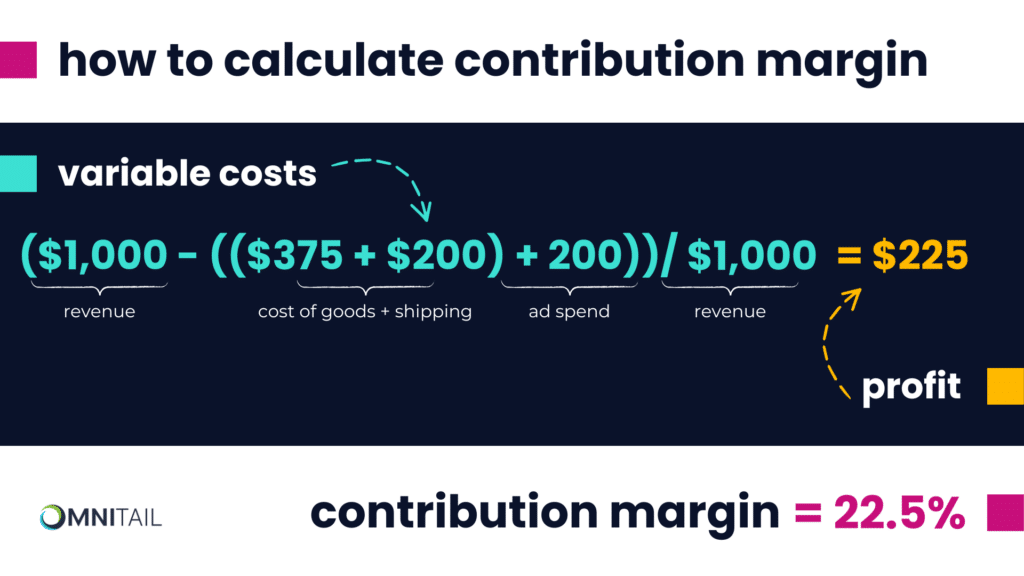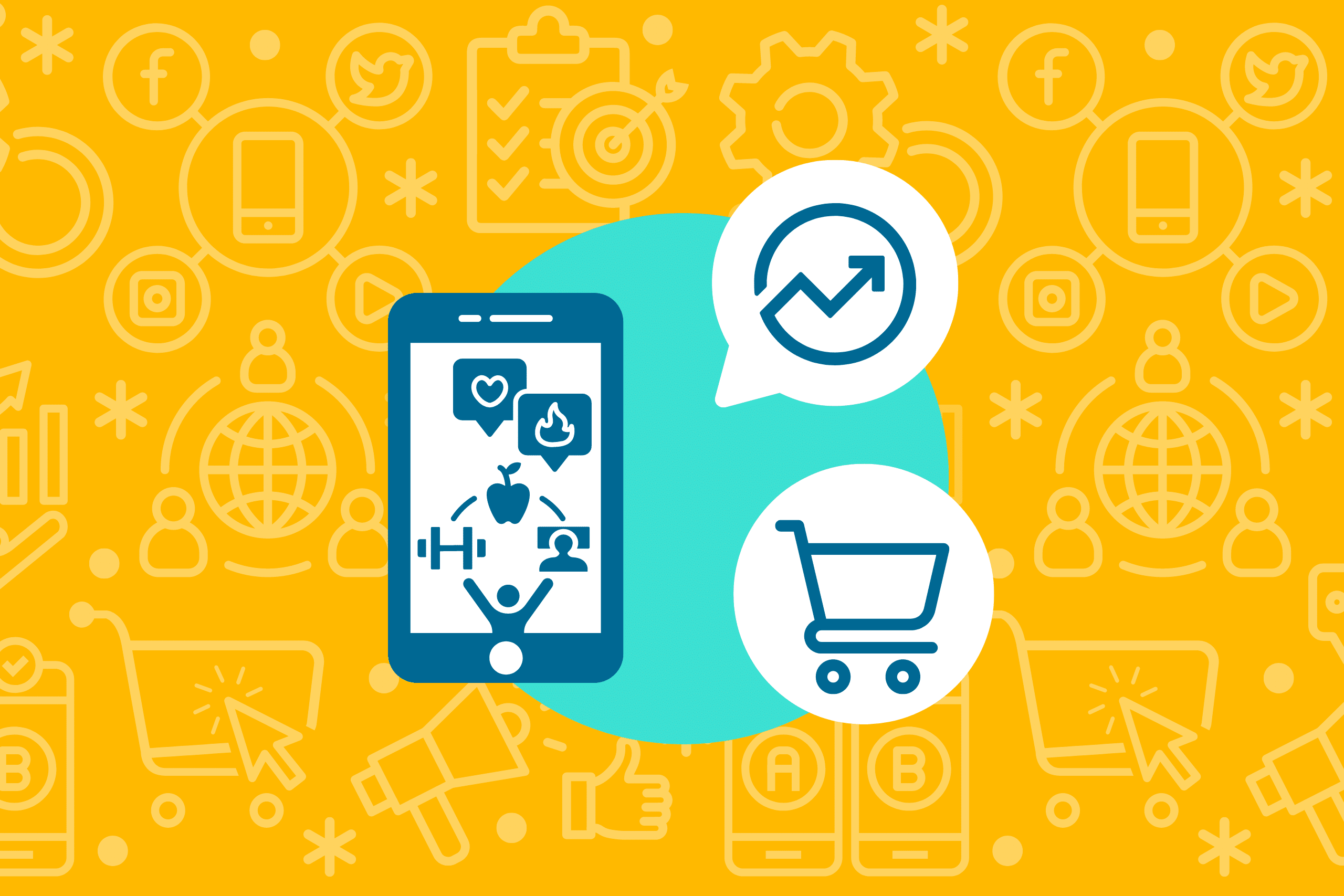When you manage a health and wellness brand, you know all too well that as consumers’ health needs change, your digital marketing strategy also needs to evolve. This could mean adapting your content to focus on the latest health topics, offering personalized product recommendations based on customer data, or better leveraging social media platforms like YouTube Shorts and TikTok to reach a wider audience. Keeping up with the latest trends in your industry can help your brand stay relevant and build trust with consumers.
Health and wellness is rapidly growing in the eCommerce world, fueled by shoppers seeking sustainable and personalized solutions for well-being. In 2023, the Global Wellness Institute released a report forecasting the overall health and wellness industry to grow 8.6% annually, reaching $8.5 trillion by 2027—which means there is a huge opportunity for eCommerce brands to step up their game.
In this blog post, we’ll discuss some of the top eCommerce trends in the health and wellness industry, and recommend how you can incorporate these into your marketing strategy.
Top eCommerce Trends You Can’t Miss in the Health and Wellness Industry
Building trust is essential in the health and wellness industry. Without it, consumers are unlikely to purchase from you, and/or you risk losing credibility in a highly competitive market. So, how can you stay ahead? By future-proofing your business and capitalizing on emerging eCommerce trends. We’ll discuss a few of these trends below, and the marketing strategies you can use.
Trend #1: Higher demand for personalized health solutions
How to tackle the trend: Create ads that are tailored to specific consumer needs. For example, a vitamin retailer may create ads that address individual dietary needs and health goals, highlighting how their brand offers tailored solutions; one ad may focus on a supplement pack for weight loss, another may showcase a powdered drink mix for muscle gain, and another may explain how a fruit and veggie supplement can help manage common digestive issues.
Trend #2: Rise in mobile shopping for wearable & health monitoring technologies
How to tackle the trend: Ensure your website is mobile optimized, create mobile-friendly and/or responsive ads, and monitor mobile-specific traffic to analyze user behavior and engagement. You might look at your mobile traffic data to identify peak browsing times, optimize ad delivery schedules, and adjust your bidding strategies to maximize conversions.
Trend #3: Growing use of social search for mental & physical health needs
How to tackle the trend: Consider using user-generated content to showcase your products and services, as well as answer frequently asked questions from a customer’s perspective. When customers vouch for your products on YouTube, TikTok, Instagram, or elsewhere, it can be a sales game changer. Create video content that includes before-and-afters, short explanations of your benefits, and testimonials from satisfied customers.
Trend #4: Rising interest in sustainable, eco-friendly products
How to tackle the trend: Highlight how your product is made, the sustainable process that’s used, and its eco-friendly benefits. For example, if you sell vegan skincare products, showcase the organic ingredients, cruelty-free testing, and eco-friendly packaging. You could also share stories about using recycled materials in your serum bottles, and emphasize how each purchase supports environmental conservation efforts.
Trend #5: Greater reliance on customer reviews & ratings for healthcare products
How to tackle the trend: Take advantage of others’ influence on your product. Make sure to incorporate social proof on your website and social media channels to showcase positive reviews and high ratings. This type of content offers genuine insights into the quality and effectiveness of your products or services.
A Holistic eCommerce Marketing Approach for Health and Wellness Industry Brands
When you’re talking about a holistic approach, you might think of integrating physical exercise, mindfulness practices, balanced nutrition, and regular health check-ups to ensure overall well-being. However, taking a holistic approach extends beyond integrative care—it’s equally important for your eCommerce business.
By embracing a holistic, omnichannel marketing strategy, your health and wellness brand can connect and engage with consumers across multiple platforms—offering a seamless and consistent experience wherever your target audience finds you. Here’s an example to illustrate the point:
A shopper finds your skincare brand through a Google search ad; they click-through and land on a product page for your new anti-aging serum, but bounce without making a purchase. Later that day, they see a testimonial video on Instagram that highlights your serum’s benefits and shows before-and-after results. That night while streaming the latest episode of their favorite reality romance, the shopper is served a CTV ad that quickly tells the story of what your brand stands for and how you give back with every purchase made. Intrigued by the combination of real customer stories, seeing the product in action, and knowing their money will go toward a good cause they care about, the shopper visits your website once more to explore all of your eco-friendly, sustainable products and makes a purchase.
With a continued omnichannel approach, your brand sets the foundation needed to thrive in a competitive market, so you can:
- Refine your strategy. If you feel stuck in an endless marketing loop and aren’t seeing results, it’s time to optimize your strategy. You may find an omnichannel approach is the change you need, so you can gather diversified consumer data from multiple channels to get a more comprehensive view of your target shopper’s buying behavior. Having this knowledge helps you make more informed business decisions and fine-tune marketing strategies to better meet consumer needs and preferences.
- Engage with audiences more effectively. By utilizing multiple marketing channels, you can more efficiently reach your target audience. While this approach naturally increases brand and product visibility, it also allows you to strategically use each channel (and your budget) to move shoppers through the buyer’s journey. For example: Google Ads and CTV for awareness, retargeted paid social ads for consideration, and offers through email marketing for decision.
- Elevate the customer experience. An omnichannel strategy creates a seamless and cohesive customer journey, improving satisfaction and loyalty. When customers can easily interact and communicate with a brand on their platform of choice, it fosters trust and encourages repeat business—ultimately driving growth for your eCommerce brand.
Sustaining Profitability for eCommerce Brands Moving Forward
Staying on top of what works for your eCommerce brand (and what doesn’t) when the health and wellness industry is constantly changing can be challenging. But when you’re looking down the line at what’s profitable, you need to understand how it’s being measured—which is where our expertise comes in.
To put it plainly, we don’t put all our stock in standard agency metrics like ROAS (return on ad spend) because it doesn’t give you a clear picture of the health of your business. Although ROAS is great for measuring campaign efficiency, it doesn’t account for your bottom line.
This is why we shift our focus to a more impactful metric: Contribution margin, which is a much better gauge of your business’s overall profitability since it calculates the percentage of profit left over after covering variable costs.

For a detailed guide on contribution margin, check out our blog post here.
To sustain profitability in a dynamic environment, it’s crucial to do more than adjust numbers—it involves partnering with an experienced agency. Our marketing strategists analyze data, market trends, and customer pain points to make informed decisions that ensure your business thrives. To learn more, read all about how working with an agency’s marketing strategist can help your eCommerce business grow continuously and sustainably.
The Omnitail Difference
Our number one goal as an experienced eCommerce marketing agency is to provide greater accountability and performance to our customers. We strongly believe that the digital marketing strategies we use to increase traffic, improve campaign monetization, and boost margins allow our eCommerce customers to experience continuous, sustainable growth.
We pride ourselves on working closely with each customer to find the best approach to fit their specific business needs. Measuring success through metrics like contribution margin, not just ROAS, equals greater accountability, integrity, and transparency—and that’s what Omnitail is all about. Discover how building trust through transparency can elevate the relationship between customers and paid advertising companies.
An eCommerce Marketing Agency Taking Brands to New Heights
We’re an eCommerce marketing agency dedicated to helping your brand grow by keeping up with industry trends, actively managing accounts, and strategically optimizing your ad budget. Reach out to our experienced team today to get started.










